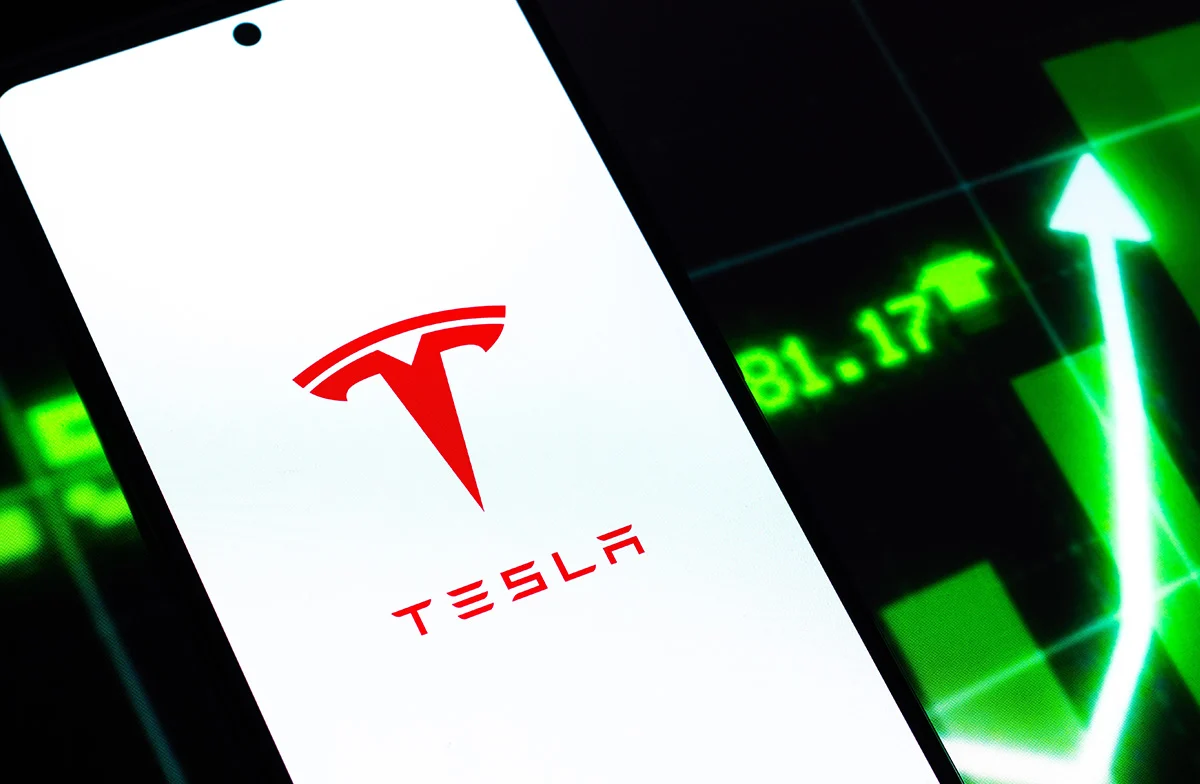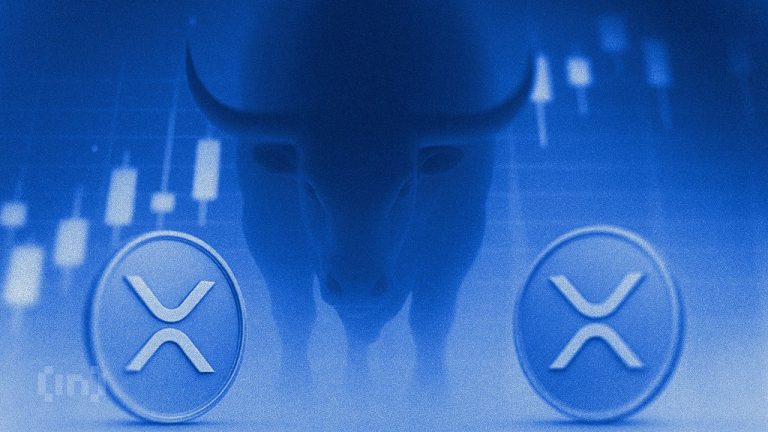
Tesla’s Big Move in the Robotaxi Market
Tesla has secured a crucial permit to operate a paid ride-hailing service in Arizona, solidifying its push into the competitive robotaxi industry. On November 17, the Arizona Department of Transportation granted Tesla the Transportation Network Company permit, marking this as the company’s second robotaxi market after Texas. This advancement brings Tesla into direct competition with established players like Waymo, who already dominate the Phoenix area with a sprawling autonomous fleet covering over 315 square miles.
Record Sales But Squeezed Margins
The third quarter of 2025 was a mixed bag for Tesla. While the company achieved record-breaking revenue of $28.1 billion, up 12% year-over-year, and delivered an all-time high of 497,000 vehicles, profitability took a hit. Net income dropped by 37% to $1.4 billion, while operating margins fell to just 6%, a sharp decline from 11% in the previous year. Lower vehicle prices, customer incentives aimed at leveraging expiring federal EV tax credits, and rising investments in AI infrastructure contributed to this decline.
Regulatory Hurdles and Forward Momentum
Despite Tesla’s aggressive self-certification process for autonomous driving, the Arizona permit requires that all robotaxi operations include safety drivers, preventing Tesla from testing fully autonomous operations commercially under current state laws. However, with sights set on launching robotaxis in eight to ten metro areas by the end of 2025, Tesla’s regulatory groundwork in technology-friendly states like Arizona is still a huge step forward.
Valuation and Market Reaction
Tesla’s stock dipped by 2.6% post-announcement, closing at $398.38. Though shares continue to trade at a forward price-to-earnings (P/E) ratio of 179, a high figure considering technical support levels around $380-390. Investor caution seems warranted as profitability has declined for the fourth consecutive quarter.
Chart analysts note resistance in Tesla’s stock price at the $430-450 range, with a 52-week peak at $488.54. While the market remains optimistic, with analysts like Stifel raising the price target to $508 due to momentum in full self-driving and robotaxi progress, the elevated valuation remains a concern for some investors.
AI and the Future of Tesla’s Robotaxi Ambitions
The pressure on Tesla’s operating margins largely stems from the company’s substantial investments in AI infrastructure, including chip development and data centers. These advancements are essential to Tesla’s Full Self-Driving (FSD) software, which underpins their vision for scaling autonomous ride-hailing services. Through continued investment, Tesla aims to capitalize on this market, which remains in its infancy but promises immense future growth.
Choosing the Right EV Experience
As the EV market continues to evolve, Tesla is not only redefining what’s possible with autonomous vehicles but is also driving innovation in sustainable transport. For customers looking to step into the world of electric vehicles, Tesla’s range of models offers options tailored to different needs and preferences. Combined with their advancements in FSD, owning a Tesla represents more than just owning an EV – it’s a piece of the future.
If you’re in the market for premium EV care, consider Tesla’s official accessories to enhance your vehicle’s functionality and aesthetics.




